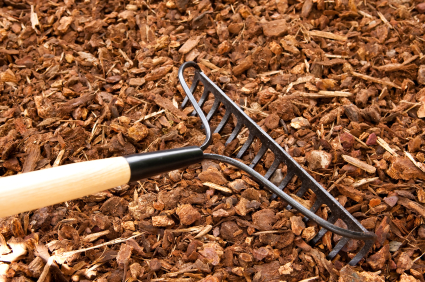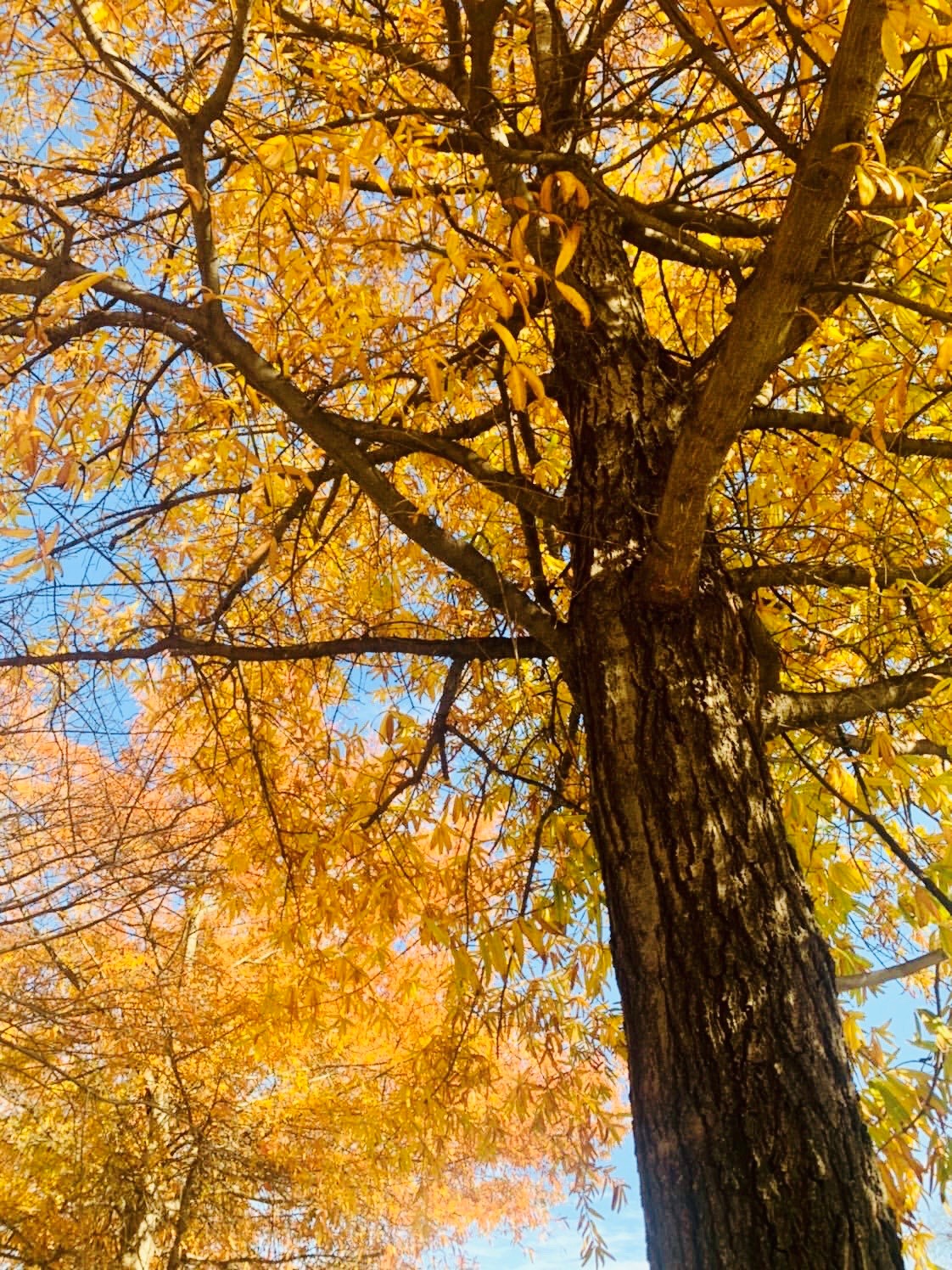Private Tree Care and Removal Permits
Trees are valuable assets, both for private property owners and the Arlington community.
One of the greatest resources for caring for your tree is the Tree Owner Information Page, published by the International Society for Arboriculture
A few tips and County requirements can be found below:
Pruning.
Trees may need pruning to remove dead, broken, or structurally unsafe limbs, or to provide clearance for access. Other types of pruning may be desired, but all pruning of live wood can damage trees, and should be minimized.
When looking at your tree, start with the objective, and understand if pruning is even needed. Then:
- Identify branches that need pruning, to meet the objective
- Follow pruning standards for the tree you are working on:
- For mature trees, size of 12 inches of trunk diameter or greater, follow this guide:TreesAreGood Consumer Brochure for Pruning Mature Trees
- Young trees, size of 12 inches trunk diameter or less, follow this guide: TreesAreGood Consumer Brochure for Pruning Young Trees
- Avoid harmful practices, like topping trees. opping means cutting off a large number of branches and leaving the stubs. This is an extreme form of pruning that severely damages trees, making them vulnerable to insects, limb failure and disease.
County requirements for limbs over sidewalks and streets:
For the safety and visibility of our sidewalks and streets, private trees and shrubs overhanging public property, the community expects the homeowner to maintain the following clearance guidelines, using proper pruning. This will simultaneously help prevent damage to private plants by reducing breakage and accidental collisions, and avoid Code Enforcement violations.
- Trees and shrubs that overhang into the street past the curb and lack a clearance height of 10 feet.
- Trees and shrubs obscuring street and traffic signs.
- Trees and shrubs overhanging sidewalks lacking a clearance of 7 feet.
Follow the above guides for pruning mature or young trees.
Mulching. You can use mulch to enrich the soil, control weeds, reduce soil compaction, and retain moisture.
Apply organic mulch over tree roots – up to 2 inches deep, or wood chips - up to 3 inches deep, under the crown. Avoid piling mulch or wood chips near or around the trunk (no ‘volcano mulching’). Learn more about proper mulching techniques and types of mulch here: TreesAreGood Consumer Brochure for Proper Mulching Techniques

Watering. A thorough soaking once a week is much better than frequent but light applications of water. Water should penetrate the top 12-18 inches of soil, covering most of the roots. In dry periods, even mature trees need to be watered. Learn more about watering young and mature trees here: Tree watering
Removing invasive plants. Keep English ivy and other non-native invasive vines away from trees, as invasive vines can weaken or kill your tree. Native vines like Virginia creeper and native grape are often not harmful to trees, are beneficial to our native ecosystem, and can be left in most cases. Learn more about invasive plants and treating English Ivy here: Invasive Plants and Treating English Ivy
Consult an arborist. Get advice about tree maintenance of private trees from these sources:

Thriving willow oak, by Nicole Merlene
How to protect your trees when your neighbor is developing their lot
Damage to your trees from development can happen in many forms, but root damage is the most overlooked, and often highest impact side-effect of development. Tree roots do not care about property lines, but can get impacted by a neighboring project.
Find information on how to best protect your tree from development damage and disturbance.
Removal Permits
No permit is required to remove trees on private property in most cases
Exceptions requiring a permit to remove a tree:
- If property is within a Local Historic District (LHD) (such as Maywood) and more than 15 inches in diameter, you need a permit from the Historic Affairs and Landmark Review Board (HALRB). Contact Mical Tawney.
- If the tree is within a Resource Protection Area (RPA), you need permission from the Department of Environmental Services. RPAs are found within 100 feet of a stream. Contact rpareview@arlingtonva.us prior to proposed tree removal if an RPA is present on the property. Find a map of RPAs. The permit process is expedited for removal of a dead or hazardous tree in an RPA.
- If a tree is a Specimen tree. Find a list of specimen trees here: Specimen Trees
- For by-right development projects over 2,500 square feet, a tree preservation and planting plan is required, per the Chesapeake Bay Ordinance. When a property is under a permit, tree removal must be halted until the permit is approved, unless otherwise specified. Please refer to the Chesapeake Bay Preservation Ordinance for more information.